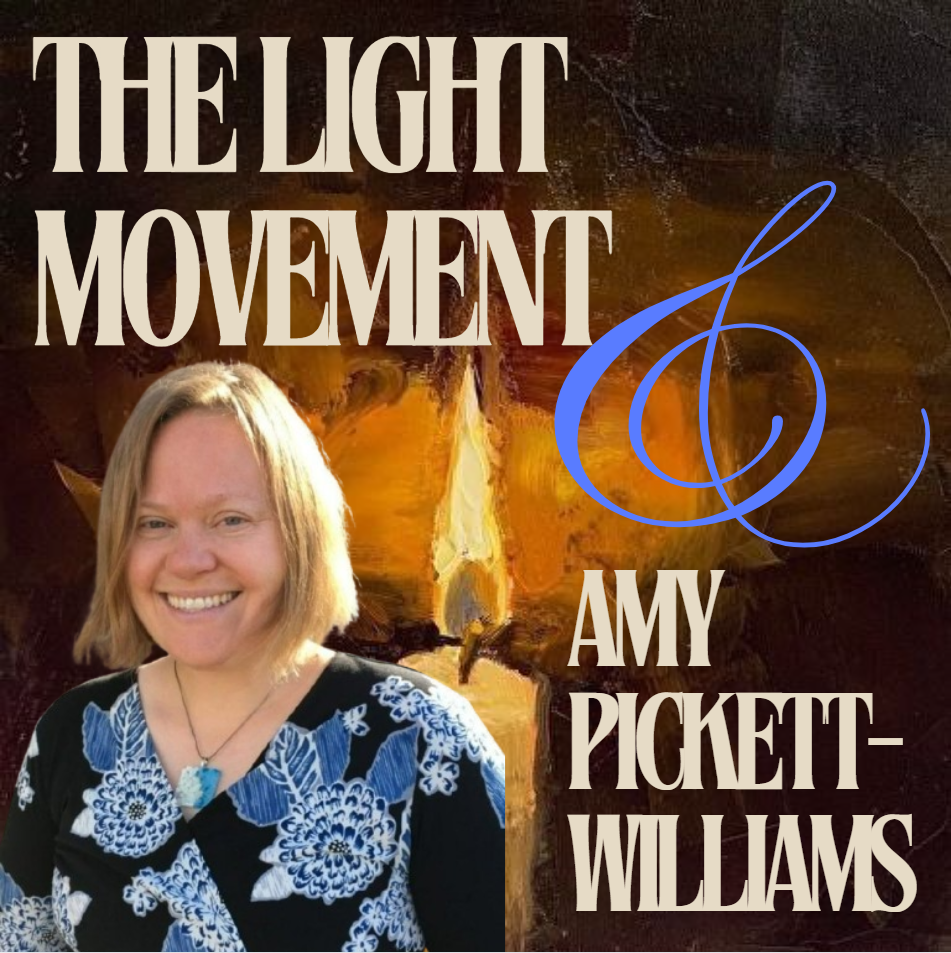
Holistic and Somatic Approaches to Healing After Loss
Check out information on The Light Movement and their trainings and offerings.
Grief is a universal human experience, yet it is deeply personal and unique to each individual. In this article, we explore innovative approaches to grief therapy that integrate somatic and holistic practices to help people grow through loss.
We sat down with Amy Pickett-Williams, a grief therapist with over 25 years of experience, to discuss her work and the nonprofit she founded, The Light Movement. Here are some of the key insights from our conversation:
The Many Faces of Grief
While we often associate grief with bereavement after the death of a loved one, Pickett-Williams emphasizes that grief encompasses many types of loss, including:
- Loss of a relationship or identity after a major life transition
- Loss felt by those struggling with infertility or health issues
- Collective grief over global issues like war, terrorism and climate change
- The “everyday losses” we experience when things don’t go as planned
“Losses are around us all the time,” says Pickett-Williams. “Every day we experience losses…and if we don’t know how to work with them, it’s just going to build more and more in our bodies, which can lead to physical issues and chronic stress.”
Growing With Grief Through Somatic Practice
A key misconception Pickett-Williams sees is the idea that we “heal” from grief and sadness is replaced with happiness. She stresses that grief leaves a lasting impact, but “if we learn to find purpose and meaning in our loss, we can hopefully work to change our own selves and be able to change our world.”
This is where somatic practices come in. Pickett-Williams has found that traditional talk therapy only goes so far in helping people integrate grief. Her work incorporates yoga, breathwork, mindful movement and other techniques to help people expand their “window of tolerance” and learn to regulate their nervous systems.
“We have to learn these tools on how to get back into our window so that we can cope and work every day,” she explains. “But the other piece that’s just as important is, how do we grow our windows? So that when we experience these losses, we don’t go outside of it to that place of intense anxiety, anger or immobilization.”
The Science of Somatic Grief Work
Pickett-Williams’ approach is grounded in emerging research on the mind-body connection, polyvagal theory, and the way the body holds stress and trauma. She references the work of experts like Peter Levine, Pat Ogden, Deb Dana and Stephen Porges.
Some key scientific principles that guide somatic grief therapy include:
- Over 80% of the vagus nerve, a key regulator of the parasympathetic nervous system, goes from the body to the brain
- Practicing elongated exhales stimulates the vagus nerve and helps calm the nervous system
- Movements that alternate between contraction and expansion, like walking meditations, help release grief stored in the body
- The “90 second rule” – the brain experiences waves of intense emotion for roughly 90 seconds at a time, and there is an opportunity to resource in the pauses between the waves
Bringing It All Together
The Light Movement, the nonprofit Pickett-Williams founded, has a mission to increase awareness of holistic, somatic-based grief support and train providers in these methods. Their approach integrates science, social justice, and wisdom from both Eastern and Western healing traditions.
“Our message is global,” says Pickett-Williams. “We all experience loss. There are tools that can help us integrate it and find purpose. That means there is hope.”
Further Reading
If you’d like to learn more about the science and practice of somatic and holistic approaches to grief therapy, check out these resources:
Books
- “The Body Keeps the Score: Brain, Mind, and Body in the Healing of Trauma” by Bessel van der Kolk
- “Waking the Tiger: Healing Trauma” by Peter A. Levine
- “Sensorimotor Psychotherapy: Interventions for Trauma and Attachment” by Pat Ogden
- “Accessing the Healing Power of the Vagus Nerve: Self-Help Exercises for Anxiety, Depression, Trauma, and Autism” by Stanley Rosenberg
- “The Polyvagal Theory: Neurophysiological Foundations of Emotions, Attachment, Communication, and Self-regulation” by Stephen W. Porges
- “Finding Meaning: The Sixth Stage of Grief” by David Kessler
- “It’s OK That You’re Not OK: Meeting Grief and Loss in a Culture That Doesn’t Understand” by Megan Devine
Online Resources
- The Light Movement: [link to website]
- The NICABM (National Institute for the Clinical Application of Behavioral Medicine) Program on Treating Trauma: [link]
- The Somatic Experiencing Trauma Institute: [link]
- The Sensorimotor Psychotherapy Institute: [link]
- The Center for Somatic Experiencing Asia: [link]
Research Articles
- Payne, P., Levine, P.A. and Crane-Godreau, M.A. (2015). Somatic experiencing: using interoception and proprioception as core elements of trauma therapy. Frontiers in Psychology, 6, p.93. [link]
- Porges, S.W., 2009. The polyvagal theory: new insights into adaptive reactions of the autonomic nervous system. Cleveland Clinic journal of medicine, 76(Suppl 2), p.S86. [link]
- Dana, D., 2018. The polyvagal theory in therapy: Engaging the rhythm of regulation. WW Norton & Company. [link to book]
- Kain, K.L. and Terrell, S.J., 2018. Nurturing resilience: Helping clients move forward from developmental trauma–An integrative somatic approach. North Atlantic Books. [link to book]


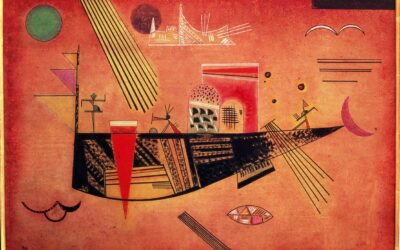
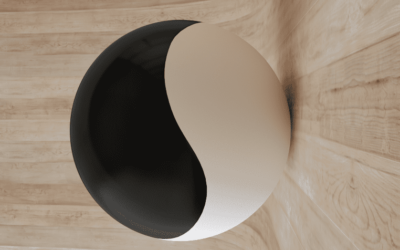

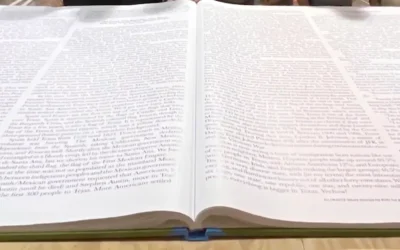
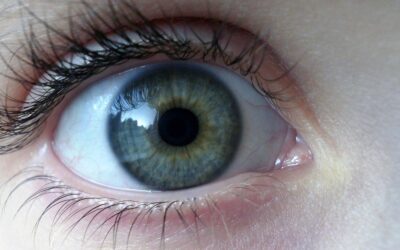

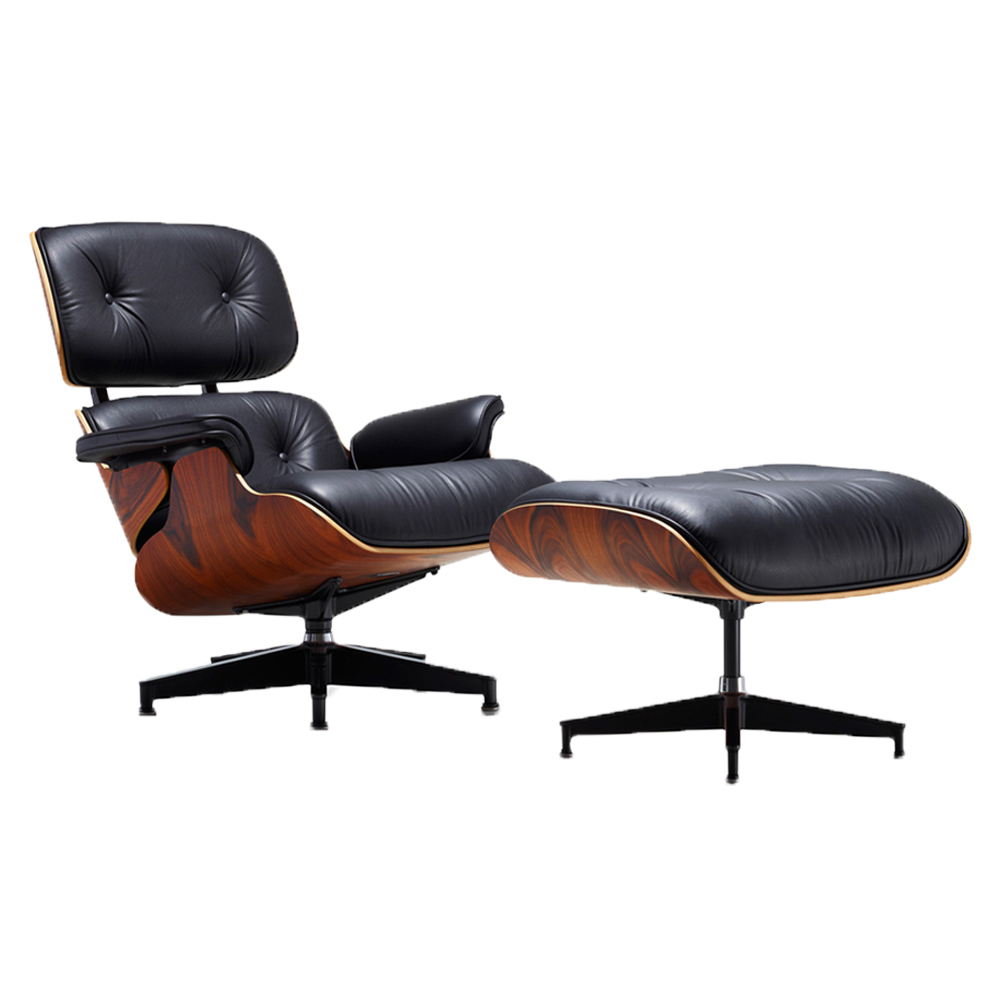
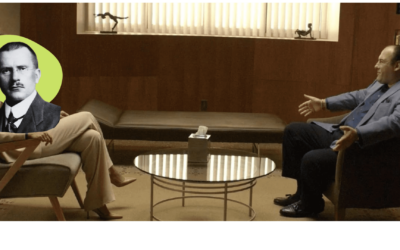
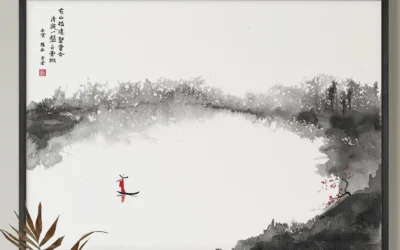
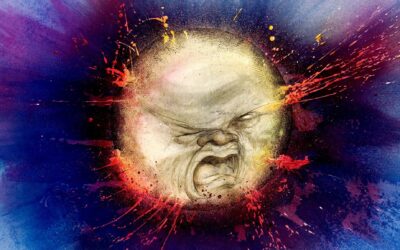
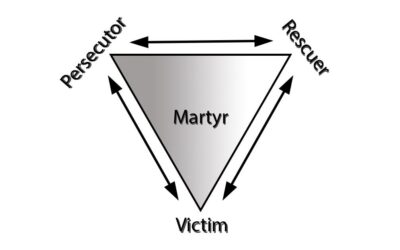
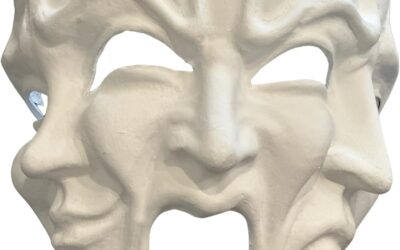
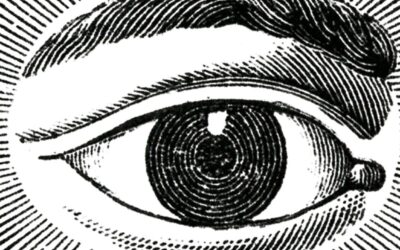









0 Comments